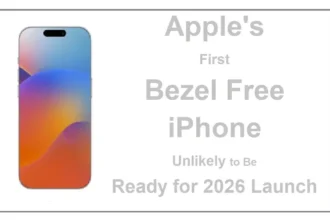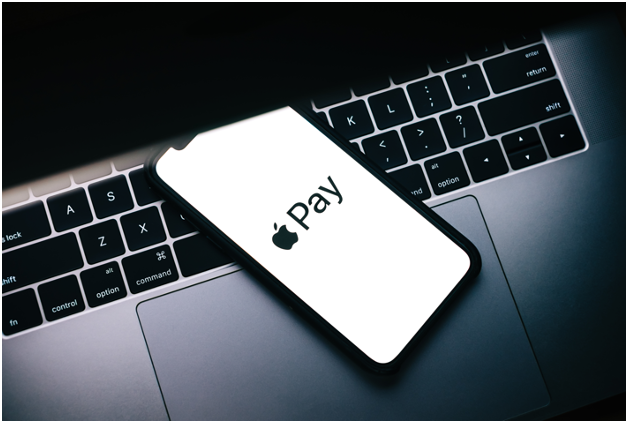In the ever-evolving world of digital finance, Apple Pay stands as a revolutionary force, transforming the way we conduct transactions in our daily lives. As a cutting-edge mobile payment platform, Apple Pay seamlessly integrates with Apple devices, providing users with a secure, convenient, and efficient alternative to traditional payment methods, ushering consumers away from reliance on physical wallets.
Plus, did you know that you can even use Apple Pay when depositing and withdrawing bonus money from exclusive no deposit casinos? That’s right – you can rejoice, because more and more operators are accepting this form of payment, many of which are featured on NoDepositCasino.guide.
What Is Apple Pay?
Apple Pay is Apple’s mobile contact payment system and digital wallet service that operates by facilitating transactions through near-field communication (NFC) at the point of sale. The service positions itself as a practical alternative to traditional credit and debit cards, including chip and PIN cards and traditional magnetic stripe cards. It allows users to make payments both in-person via iOS apps and remotely over the internet. Moreover, Apple Pay facilitates peer-to-peer transactions, enabling users to send and receive money through messaging on iOS-enabled devices.
Despite some initial consumer hesitations when it was first launched in 2014, Apple Pay has emerged as the predominant digital payment service in the United States. That’s right, you can now find Apple Pay almost everywhere – restaurants, stores, and gas stations proudly display the Apple logo next to their payment terminals, encouraging iPhone users to tap and go. As such, it should come as no surprise that Apple Pay accounted for 48% of the mobile wallet market share in the United States.
While Google Pay may not be as widespread in the U.S., the widespread use of NFC technology ensures that even budget-friendly Android phones can join in on the fun with Apple Pay terminals. Most recently, Apple Pay was endorsed by Kiwibank as a safe and more secure way to execute transactions, allowing customers with eligible credit and debit cards to partake in the convenience.
How Does It Work?
To set up Apple Pay on your iPhone or iPad, open the Apple Wallet app on your device. If you’re using an iPhone, launch the Wallet app, or if you’re on an iPad, go to Settings > Wallet & Apple Pay. Click on “Add Credit or Debit Card” or the “+” in the top right corner, and select “Continue”. Utilize your device’s camera to capture the information on your credit, debit, or store card and provide any additional required details.
Next, upload all your payment information and follow the steps to verify your details with the card issuer. This step ensures the authenticity of your identity. Your bank will verify the information, and additional confirmation may be necessary. This could involve contacting your bank by phone or receiving a text message with a unique code to enter—this verification process varies among banks. Once your card is verified, tap “Next,” and you are ready to start using Apple Pay.
Upon uploading and verifying your card, all the information needed for payment is securely linked to the app, eliminating the need for physical handling of the card during transactions. The Apple Wallet app serves as a secure repository for your credit and debit card details, accessing the data when you authenticate Apple Pay for making purchases.
Increased Level of Security
Beyond its user-friendly interface, Apple Pay stands out for its robust security measures. The system operates by generating a token within its infrastructure, effectively replacing actual credit card details. Instead, it produces a Device Account Number, encrypts it, and securely stores it in the device’s Secure Element. During transactions, merchants utilize this token, ensuring they never directly access the sensitive card information.
Enhancing security further, Apple incorporates fingertip recognition software through the Touch ID feature, assuring that purchases are exclusively authorized by the intended user. The prevalence of Face ID is expected to expand, becoming a widespread security feature across various Apple products. Apple is committed to maintaining the privacy of user data, pledging not to share card information through its cloud services. While this necessitates users to manually input their card details into each device, it significantly bolsters the overall security of the service.






